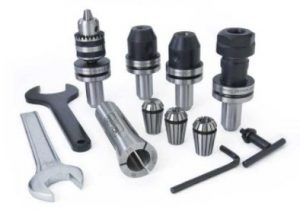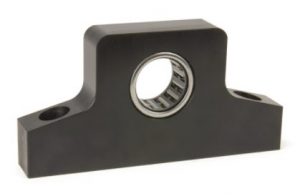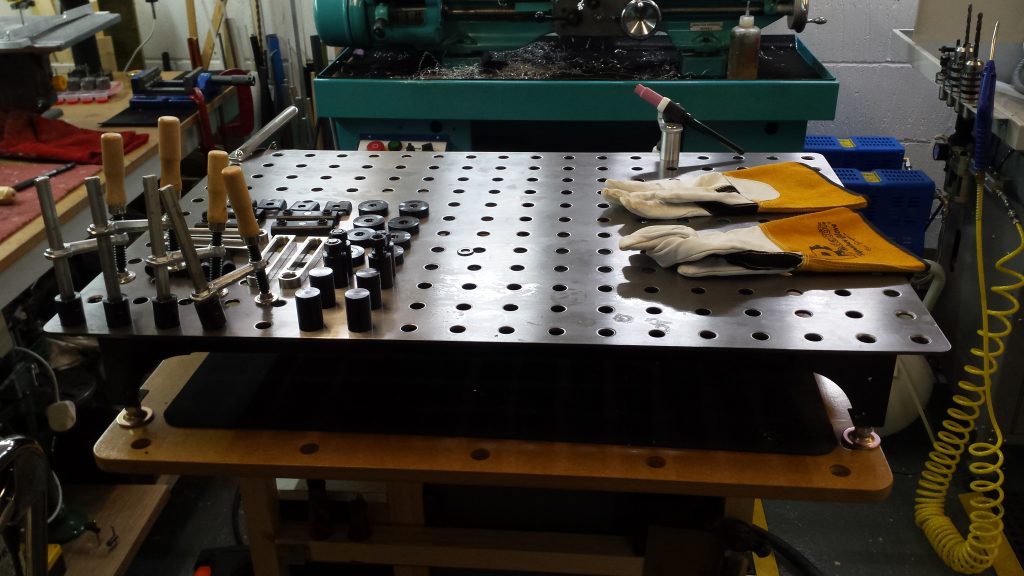I think I have mentioned this before …. when you have different ways to solve a problem it is often easy to get locked off into a long winded but potentially elegant solution and miss the point.
3D printing has brought this home to me on a number of occasions.
An example – I have variable speed controllers on my Myford Lathe and Myford mill. The controllers are identical and each have an ON and OFF push button. The bezel around the ON button on one of these had cracked and come away leaving the switch floating in its mounting hole.
My first reaction was to replace the switch. I contacted the controller supplier to ask for a part number and distribution source to buy a new switch. They ignored my email which was fortunate as I would probably have ordered a complete new switch assembly. I would then have had all the grief of stripping down the controller case and wiring in the new switch. This would probably have invalidated any warranty etc etc.
Instead I stepped back and looked at the problem from a different angle. The bezel while broken still had enough of the ring and thread intact and simply needed gluing back together. However it would not have been strong long term. What it needed was an outer strengthening ring.
Fusion 360 called and the Sindoh 3D printer. A ring was designed and printed (20 minutes) and the bezel strengthened and made good. I also printed three more rings and put these around the remaining three switch bezels as a preventative action should they also weaken and crack.
A simple, low cost and effective solution with the added benefit of reduced downtime in the future. But the point is that it wasn’t the first solution I was considering correct though it might have been.
3D printing is such a useful resource to have available but you need to think outside of your normal approach to a problem to realise its potential.
Sorry that wasn’t mega interesting but I thought it worth sharing …
Similar or related subjects : –
- Qidi Slicer auto support error on my part
- TA12 USAF WW2 transmitter and 1938 Truphonic MA5T receiver
- Qidi X Smart 3 revised fan installation
- Qidi X Smart 3 tweaks
- Qidi X Smart 3 special weekend pricing
- Sending a SMS text message to the EU from UK
- Stop losing Qidi ifast 3D prints down the chamber front gap
- Fitting a Bento air filter to a Qidi ifast 3D printer
- Exactly by Simon Winchester
- 3D Printed Brass Threaded Insert Soldering Iron Stand















